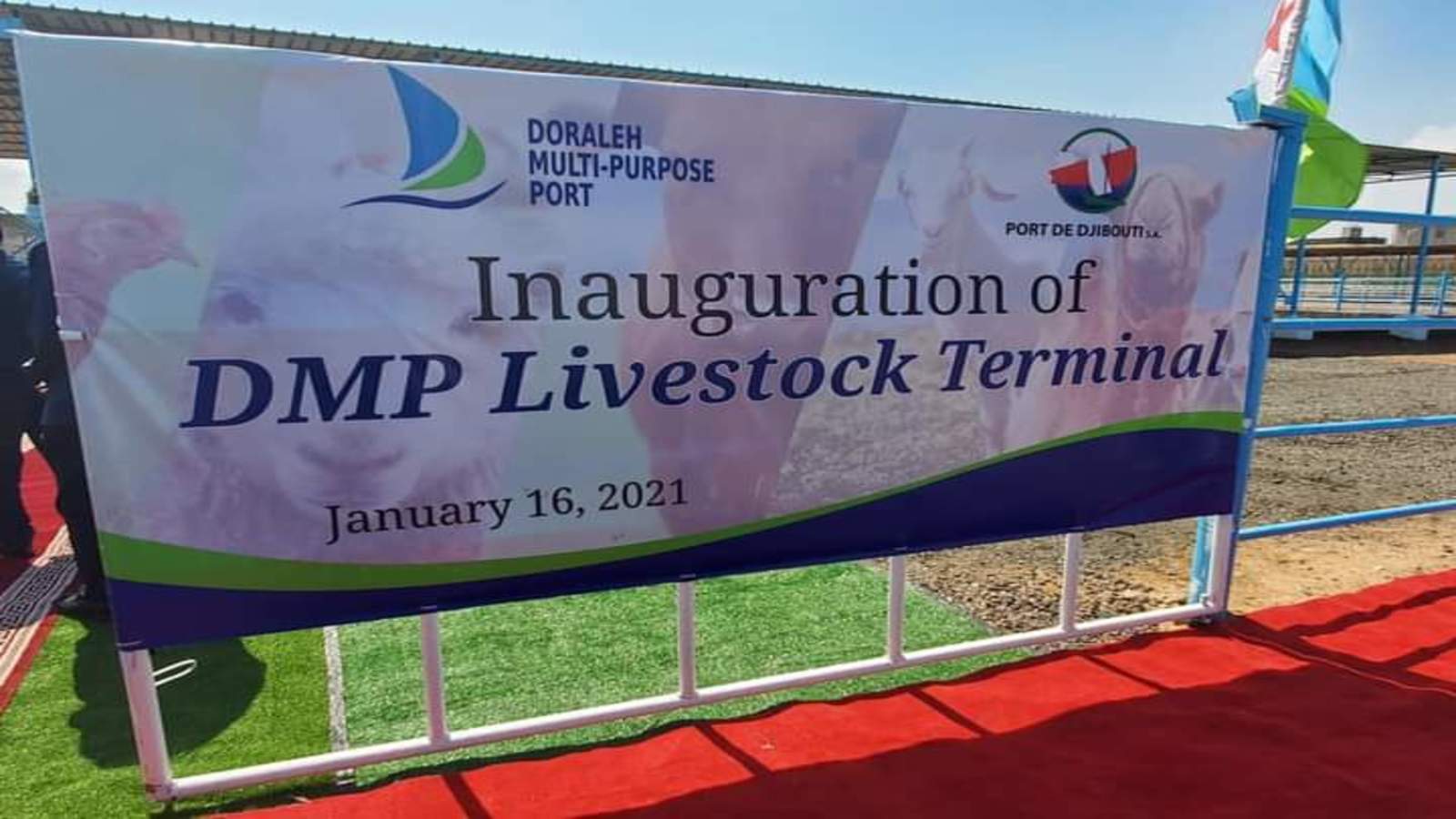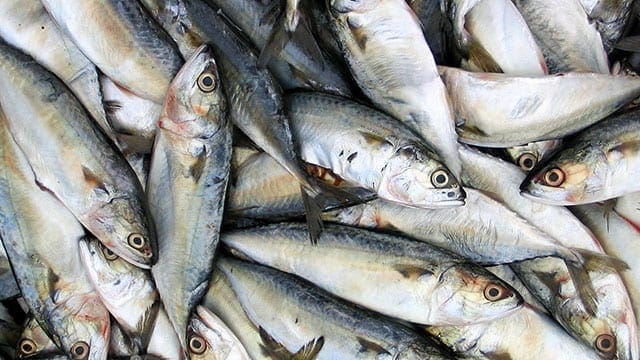DJIBOUTI – Djibouti in partnership with Ethiopia have inaugurated a livestock terminal at the Doraleh Multi-Purpose Port, an extension of the Port of Djibouti.
The exclusive facility will have a capacity to handle 2.5 million heads of animal per annum i.e., 1,000 heads of camel, 500 heads of cattle and 4,270 heads of goat or sheep per day, reports Capital Ethiopia.
Constructed at a cost of US$400,000, the terminal will receive all transit livestock and offer services like quarantine, water and resting area until loading into ships.
The facility was inaugurated by Agriculture Minister Oumer Hussein and Djibouti’s Transport Minister Moussa Mohamed Ahmed.
At the ceremony, Agriculture Minister Oumer said the terminal will have huge benefit in propping up Ethiopia’s livestock export.
Noting that Ethiopia has one of the largest livestock population in Africa with diverse and adaptable genotypes, he said, the sector, “has remained stagnant due to lack of livestock market structure, illegal live animal trade, poor handling of animal transportation from source to destinations, among many other reasons.”
The minister added that the government is now aware of the potential of the livestock industry to reduce poverty, promote food security, increase high-value exports, earn foreign exchange.
Doraleh Multipurpose Port – Livestock Terminal will have a capacity to handle 2.5 million heads of animal per annum
The resting area for the livestock is set to lessen the challenges the country is facing in ensuring safe and timely delivery as well as direct export without the need to pass another certification in Djibouti.
He thanked the Government of Djibouti, particularly the authorities of DMP for demonstrating their commitments and translating it into action in such a way that the Ethio-Djibouti relations could meaningfully take an upward trajectory.
The commissioning of the terminal comes months after the government of Ethiopia opened a new slaughter house in the Eastern region near the Somali border.
The abattoir has a capacity to slaughter more than 3, 000 sheep and goats per day and 100 camels, targeting the export market.
According to Ethiopia Expo 2020, the country has a livestock population of 60.3 million heads of cattle, 31.3 million sheep, 32.7 million goat, 1.42 million camel and 60.04 million poultry.
In 2005/06 the country exported meat products worth US$18.5 million and reached US$78.36 million in 2019.
Its main market is the Gulf Region majorly to United Arab Emirates which accounts more than 60% of all meat export.
Other destinations are the Kingdom of Saudi Arabia accounting for 37 % and the rest to Qatar, Oman, Vietnam and few African countries mainly in the North.
For local consumption, FAO forecasts that between 2015 and 2050 demand for milk and beef is estimated to grow by about 5.5 million tonnes and 0.9 million tonnes or 145 and 257 percent increase, respectively, with similar or higher growth rates for demand of other animal source foods.
Liked this article? Subscribe to Food Business Africa News, our regular email newsletters with the latest news insights from Africa and the World’s food and agro industry. SUBSCRIBE HERE










